Fruit Enzymes Gelatin Experiment
This post may contain affiliate links.
Did you know that certain fruits have enzymes that when mixed with gelatin they prevent it from setting? We had to try it out, of course! So, read on to learn how to do this fruit enzymes gelatin experiment!
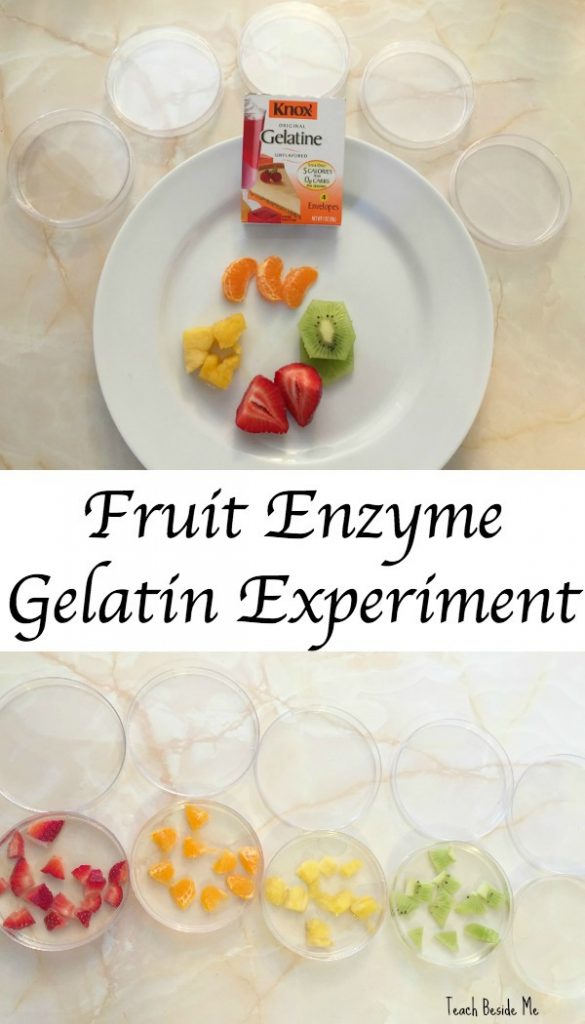
How to Do the Fruit Enzymes Gelatin Experiment:
You need gelatin, fruit, and several bowls. You can use plain or flavored gelatin for this project. We made ours with plain gelatin. Choose the fruits you want to test. We did ours with pineapple, orange, strawberry and kiwi. Then we left one without fruit as the control.
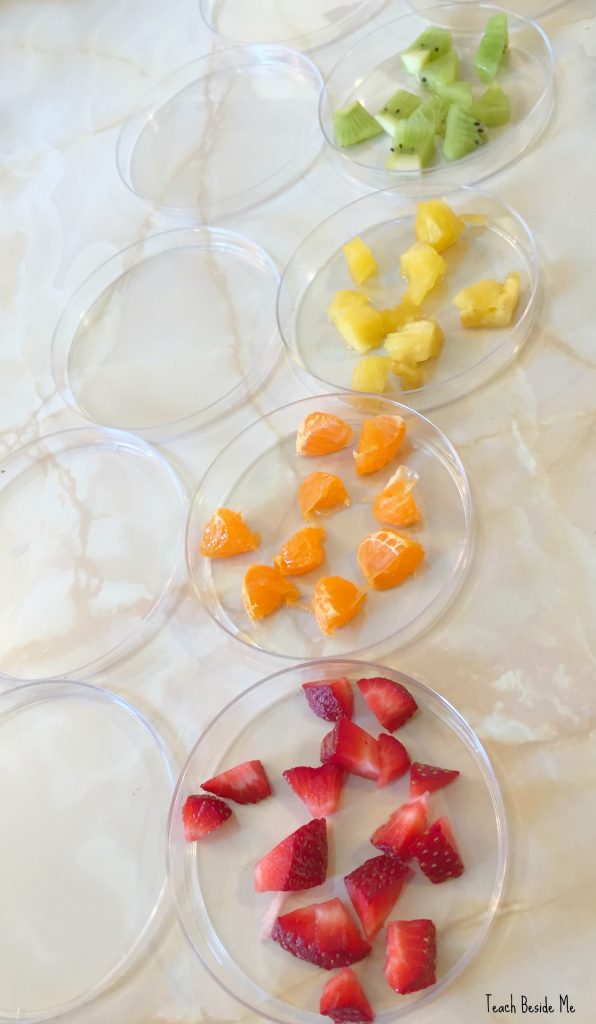
Make the gelatin according to the package directions. Add the fruit into the different bowls. I made 5 separate ones using petri dishes. Divide the gelatin among the bowls. Refrigerate for a few hours to set. Let your kids hypothesize.
Results of Our Fruit Enzyme Gelatin Experiment:

I knew for certain that fresh pineapple contained a specific enzyme that caused the gelatin to not set, so I used fresh pineapple. The other fruits I was not sure about and tried out a few that we had on hand. Our strawberry and orange gelatins were solid and our pineapple and kiwi gelatins were still liquid.
FUN FACT: Pineapples are bromeliads which are spiky plants that grow on the ground. They contain a protein-digesting enzyme called bromelain. Bromelain is used as a meat tenderizer.
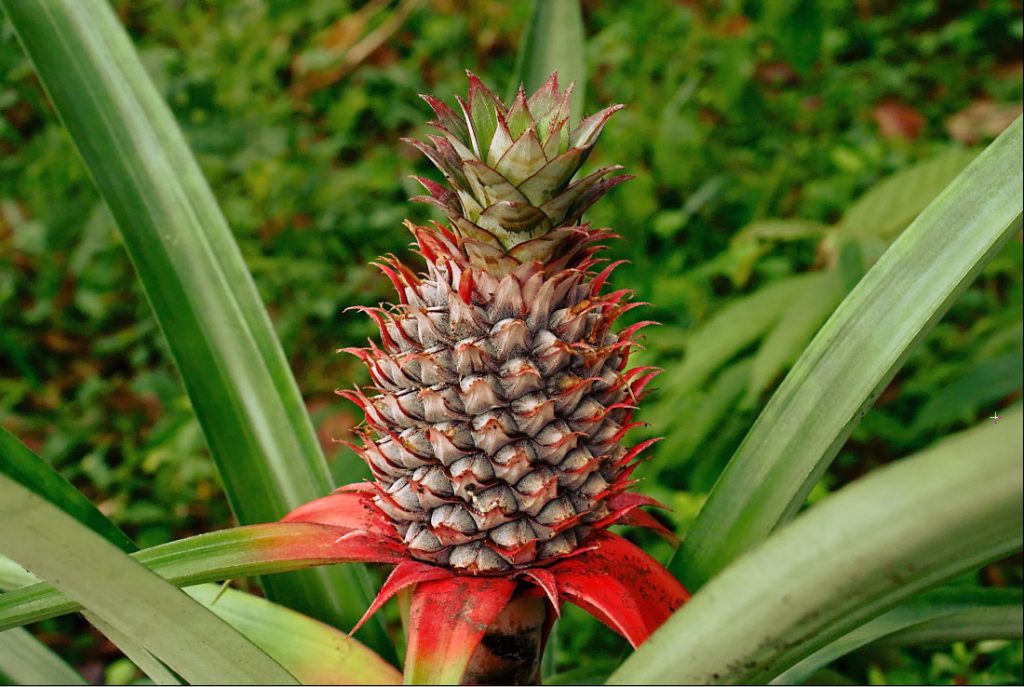
Gelatin is made out of animal proteins. When you add water to the gelatin, long chains of protein form. Water gets trapped in the middle of these long chains, and turns the liquid into a semi-solid. Since the enzyme bromelain digests proteins, it eats away at the gelatin. The protein chains collapse, making everything watery again.
In the process of this experiment I did some studying and also learned that papaya, mango, guava, ginger, kiwi and figs also contain protein-digesting enzymes. Isn’t that interesting? They will also prevent gelatin from setting up. Our kiwi gelatin followed the same pattern as the pineapple and did not set up!

This is week 2 of the 28 Days of STEAM Projects for Kids series hosted by Left Brain Craft Brain. This week’s theme is Science Projects. Stop by her site to see what the other participating bloggers shared!
Last week I shared my post on STEAM Printables with my Lock and Key Addition Puzzles.
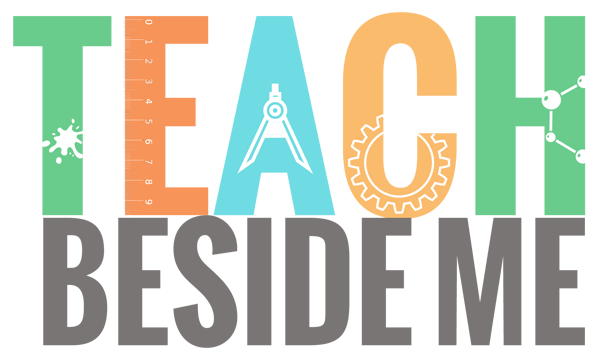



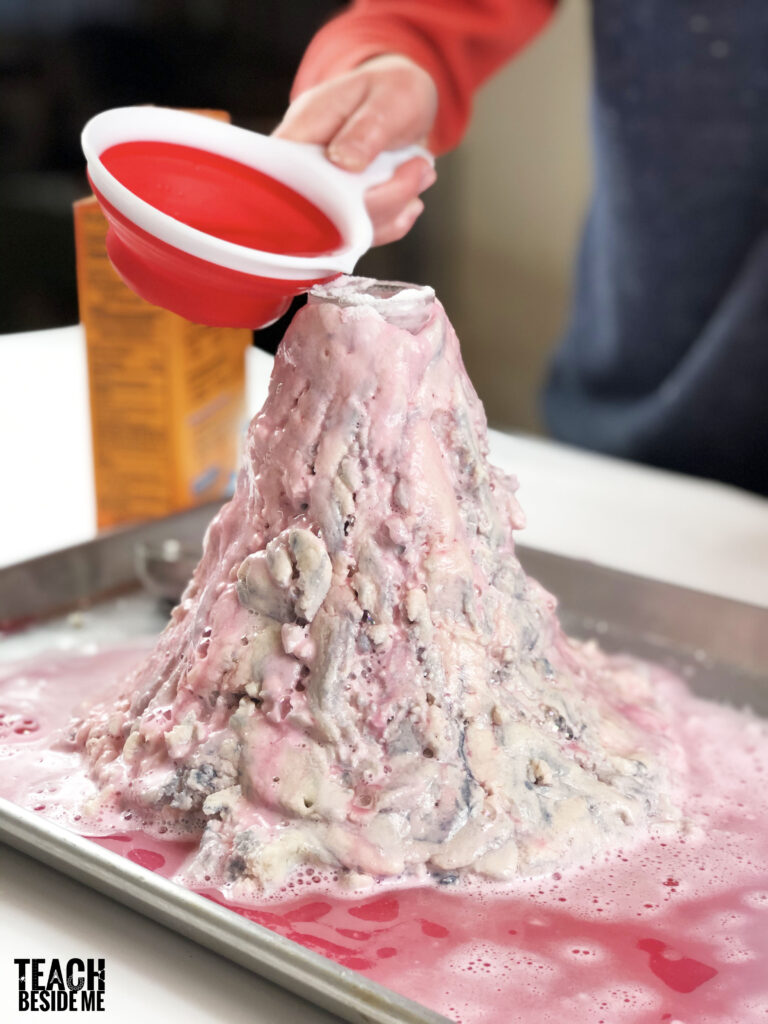

Thank you for sharing this information. I am a science teacher for a non-profit ministry serving underprivileged youth in Camden, NJ. We have very limited funding, and so I greatly appreciate your site.
I do have a question. If I have my students leave the petri dishes over the weekend, will the results remain the same or will the enzymes wear off allowing the gelatin to form? Thank you for your response.
hi there, I’m a student in year 11 and I am required to write an essay about enzymes as well as perform an experiment similar to this. I used your website as a source for my essay and I am required to reference it using Harvard style. I couldn’t find any date of publication and was thinking you could provide me with that if possible?
Sure! It was February 14, 2017. Best of luck with your essay.
Hi there! I am doing this project for my school science fair because it seems very interesting. I was wondering if I could test if there is a difference between conducting this experiment with fruits vs. conducting this experiment with veggies. Would there be a difference???
Can I use regular jello mix instead of the crystals? If not where can one buy the crystals?
I’m not sure what you mean by the crystals? I used plain gelatin.